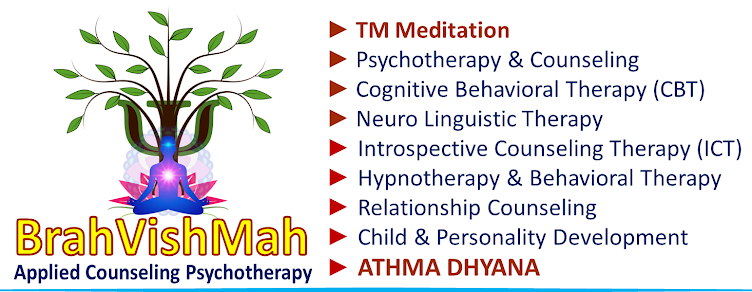Neuro-linguistic programming (NLP) is a psychological approach that involves analyzing strategies used by successful individuals and applying them to reach a personal goal. It relates thoughts, language, and patterns of behavior learned through experience to specific outcomes.
Proponents of NLP assume all human action is positive. Therefore, if a plan fails or the unexpected happens, the experience is neither good nor bad—it simply presents more useful information
It is a pseudoscientific approach to communication, personal development, and psychotherapy created by Richard Bandler and John Grinder in California, United States, in the 1970s. NLP's creators claim there is a connection between neurological processes (neuro-), language (linguistic) and behavioral patterns learned through experience (programming), and that these can be changed to achieve specific goals in life. Bandler and Grinder also claim that NLP methodology can "model" the skills of exceptional people, allowing anyone to acquire those skills. They claim as well that, often in a single session, NLP can treat problems such as phobias, depression, tic disorders, psychosomatic illnesses, near-sightedness, allergy, the common cold, and learning disorders
NLP practitioners believe there are natural hierarchies of learning, communication, and change. The six logical levels of change are:
Purpose and spirituality: This can be involvement in something larger than oneself, such as religion, ethics, or another system. This is the highest level of change.
Identity: Identity is the person you perceive yourself to be and includes your responsibilities and the roles you play in life.
Beliefs and values: These are your personal belief system and the issues that matter to you.
Capabilities and skills: These are your abilities and what you can do.
Behaviors: Behaviors are the specific actions you perform.
Environment: Your environment is your context or setting, including any other people around you. This is the lowest level of change.
The purpose of each logical level is to organize and direct the information below it. As a result, making a change in a lower level may cause changes in a higher level. However, making a change in a higher level will also result in changes in the lower levels, according to NLP theory.
Neuro-Linguistic Programming In Therapy
A core concept of NLP can be summarized by the saying, “The map is not the territory,” because it highlights the differences between belief and reality. It points out that each person operates within their own perspective rather than from a place of objectivity. Proponents of NLP believe everyone’s perception of the world is distorted, limited, and unique. A therapist who practices NLP must therefore understand how a person in treatment perceives their “map” and the effect this perception may have on that person’s thoughts and behavior.
An individual’s map of the world is formed from data received through the senses. This information can be auditory, visual, olfactory, gustatory, or kinesthetic. NLP practitioners believe this information differs individually in terms of quality and importance, and that each person processes experiences using a primary representational system (PRS). For an NLP therapist to work effectively with a person in treatment, the therapist must attempt to match that individual’s PRS to use their personal map. NLP practitioners believe it is possible to access representational systems using cues, such as eye movements.
NLP
therapists work with people to understand their thinking and behavioral
patterns, emotional state, and aspirations. By examining a person’s map, the
therapist can help them find and strengthen the skills that serve them best and
assist them in developing new strategies to replace unproductive ones. This
process can help individuals in therapy reach treatment goals.




No comments:
Post a Comment